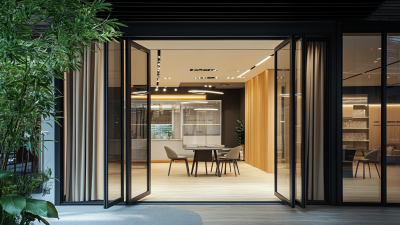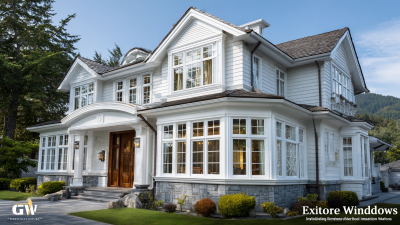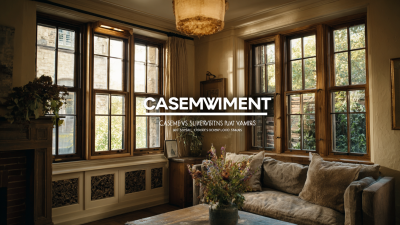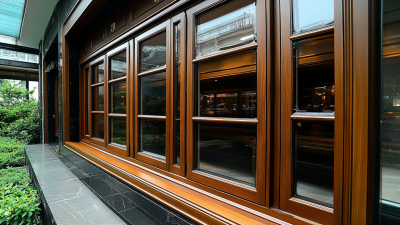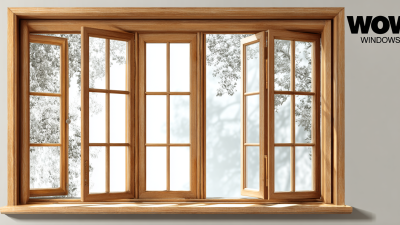In today’s rapidly evolving home construction and renovation market, the selection of the right windows has become crucial for enhancing energy efficiency, security, and comfort. With homeowners increasingly prioritizing sustainability, a report by the U.S. Department of Energy highlights that choosing high-performance windows can reduce energy consumption by up to 30%. Among the various options available, "Three Proofing Windows," which focus on ensuring soundproofing, waterproofing, and thermal insulation, are gaining traction. This type of window not only minimizes the entry of external noise but also prevents moisture ingress and significantly improves insulation, thus driving energy savings. As the demand for durable and efficient building materials rises, understanding how to choose the right Three Proofing Windows that cater to the specific needs of your home is now more essential than ever.
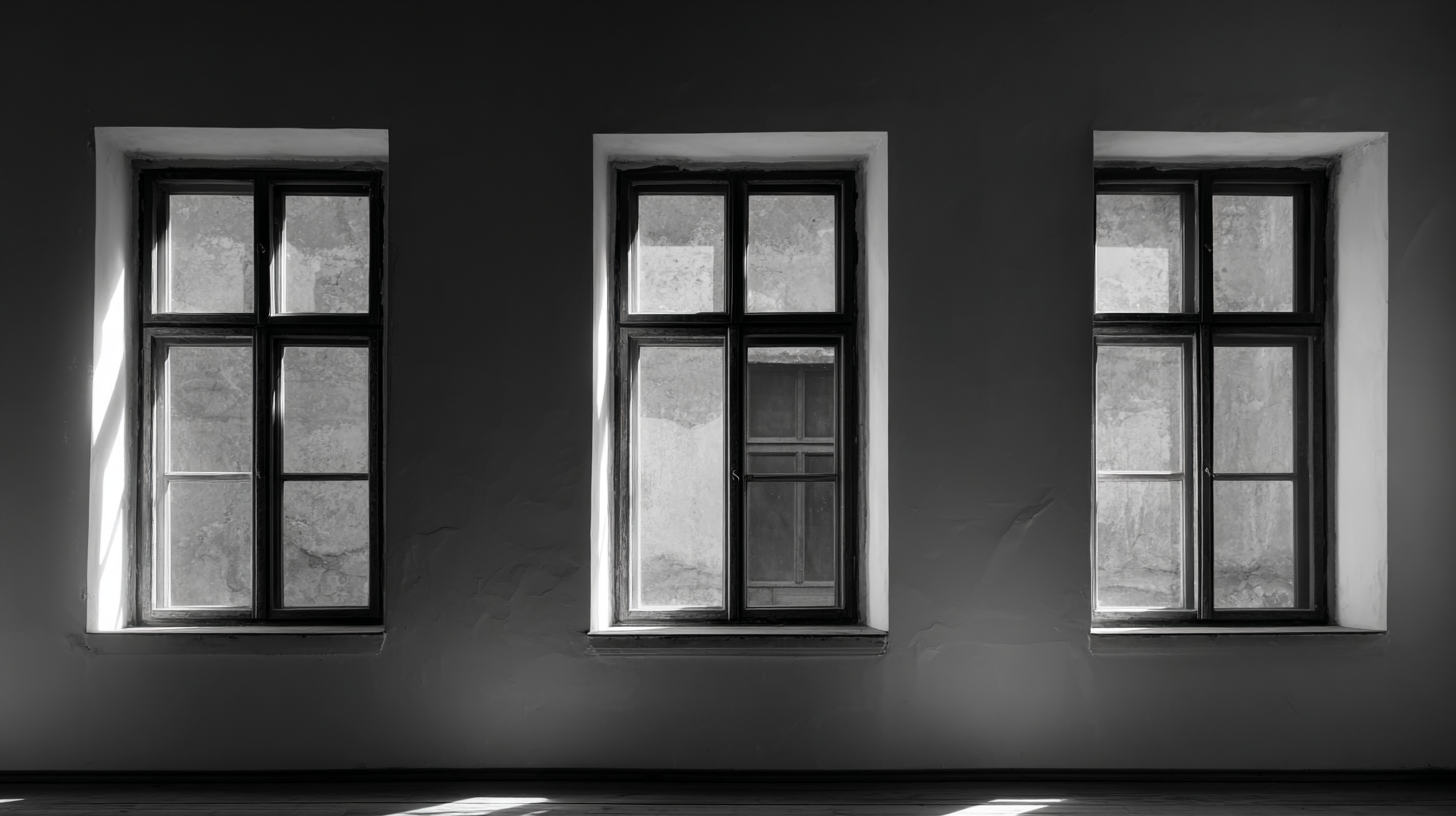
When selecting the right draught-proofing windows for your home, it is essential to understand the various types available and their specific benefits. Common options include double-glazed windows, which feature two layers of glass that provide excellent insulation against heat loss, making them ideal for colder months.
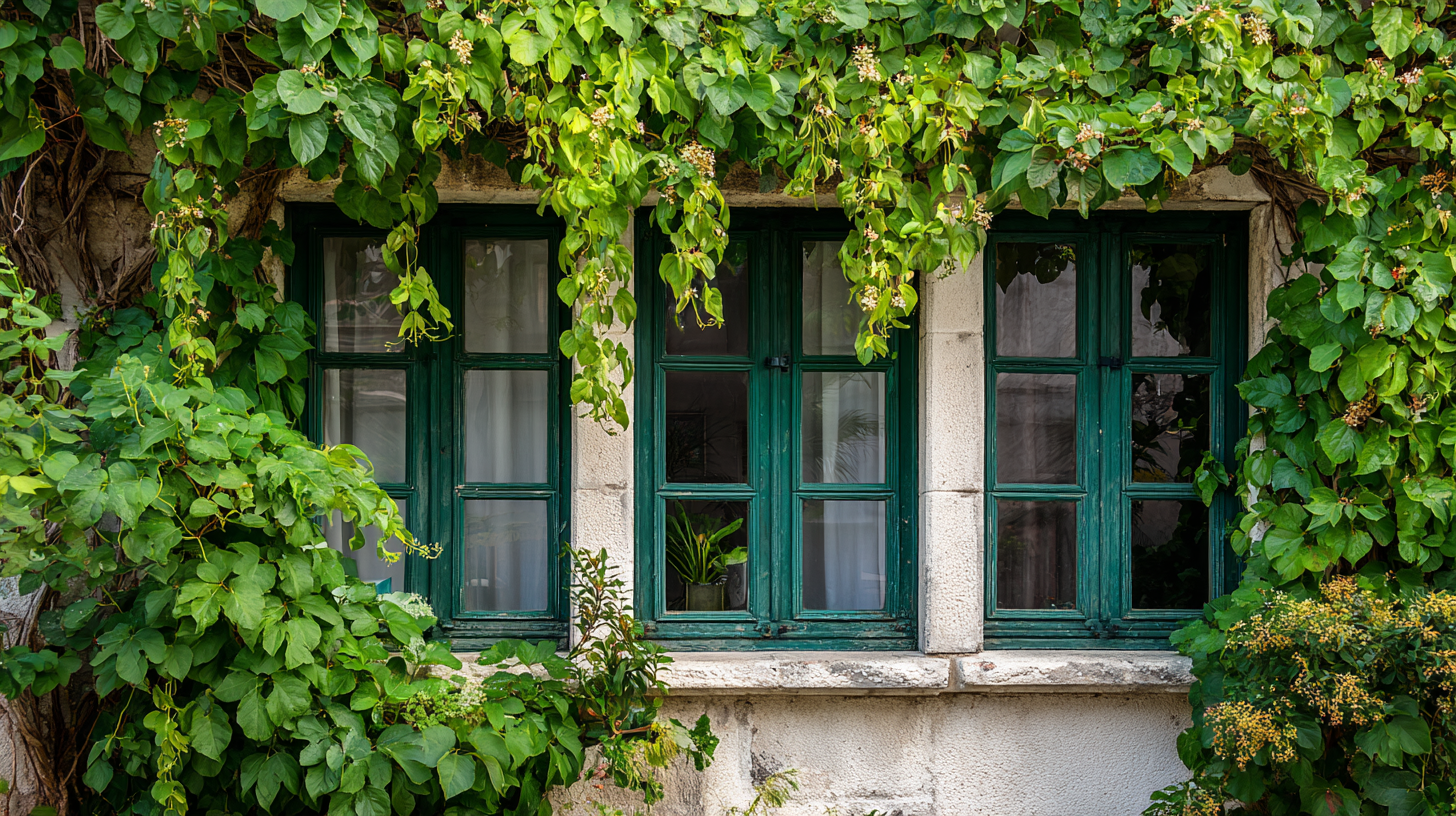 Triple-glazed windows, on the other hand, offer even more insulation by incorporating a third layer of glass, further enhancing energy efficiency and reducing noise pollution.
Triple-glazed windows, on the other hand, offer even more insulation by incorporating a third layer of glass, further enhancing energy efficiency and reducing noise pollution.
Additionally, you might consider secondary glazing as an option. This involves adding an extra layer of glass or plastic sheet to existing windows, which can be a cost-effective way to improve insulation without the need for a full window replacement. By evaluating the characteristics of each type, homeowners can choose the best solution that meets their energy conservation needs while keeping their spaces warm and comfortable during winter.
When selecting three proofing windows for your home, evaluating energy efficiency ratings is crucial. Windows are often the weakest link in a building's envelope, and studies have shown that inefficient windows can account for up to 25-30% of heating and cooling energy use in residential buildings. According to the National Fenestration Rating Council (NFRC), look for windows with low U-Factor ratings (below 0.30) and high Solar Heat Gain Coefficient (SHGC) ratings (above 0.25) to ensure optimal energy performance.
Tips for choosing energy-efficient windows include checking for ENERGY STAR certification, which indicates that the window meets or exceeds the minimum energy efficiency standards set by the U.S. Department of Energy. Additionally, consider the type of frame material, as vinyl and fiberglass frames typically offer better thermal insulation compared to aluminum frames. Installing windows with double or triple glazing and low-emissivity (Low-E) coatings can significantly improve energy retention and reduce utility costs over time.
Lastly, think about your local climate when selecting proofing windows. According to the American Architectural Manufacturers Association (AAMA), homes in colder climates benefit from windows with lower U-Factor ratings, while those in warmer climates should prioritize high SHGC ratings to capture solar heat efficiently. Tailoring your window choice to your environmental conditions can maximize comfort and energy savings year-round.
When assessing noise reduction capabilities in proofing windows, it’s essential to consider various factors that contribute to their overall effectiveness. Recent studies have demonstrated that noise attenuation can indeed be quantified using ambient noise correlation functions (NCFs). These functions reveal how sound levels diminish beneath the receiver array, providing critical insights into the acoustic performance of different window types.
Selecting windows with higher sound transmission class (STC) ratings is a practical approach, as STC measures a window's ability to block sound. For instance, windows with an STC rating above 30 can significantly reduce outside noise, making them ideal for urban environments or homes near busy roads.
Tips: When choosing proofing windows, look for models that utilize advanced materials or designs to enhance sound insulation. Innovations like the Acoustic Metawindow show promising results in both noise reduction and maintaining natural ventilation. This dual performance is crucial for homeowners who want to minimize noise without compromising air quality. Additionally, consider windows with multi-pane glass, as they can further dampen sound transmission due to the varied densities and spacing of the panes.
When selecting the right three proofing windows for your home, the aesthetic design and material choices play a pivotal role in enhancing both functionality and visual appeal. According to the American Architectural Manufacturers Association, nearly 75% of homeowners emphasize style in their window selection, underscoring the importance of matching windows to your home’s architectural characteristics. Whether you prefer the classic elegance of wooden frames, the contemporary vibe of aluminum, or the durability of vinyl, each material offers unique advantages that can influence both appearance and performance.
In addition to aesthetics, the material you choose significantly impacts energy efficiency and maintenance requirements. A report by the U.S. Department of Energy indicates that energy-efficient windows can reduce heating and cooling costs by 12%-25% annually. Vinyl windows, for example, not only provide superior insulation but require less upkeep compared to wood, making them an attractive option for modern homeowners. Meanwhile, aluminum windows, known for their sleek profiles and versatility in design, offer excellent long-term performance if treated against corrosion. Ultimately, finding the right balance between material characteristics and design preferences will ensure that your three proofing windows meet both functional demands and enhance your home's overall aesthetic.
When considering the installation of proofing windows for your home, budgeting for both installation and ongoing maintenance is crucial. According to a recent report by the Efficient Windows Collaborative, homeowners can save between $126 and $465 annually on energy bills by investing in energy-efficient windows. Installation costs can vary significantly based on window type, size, and materials used, often ranging from $300 to $1,000 per window. This investment not only improves comfort but also enhances your property's value.
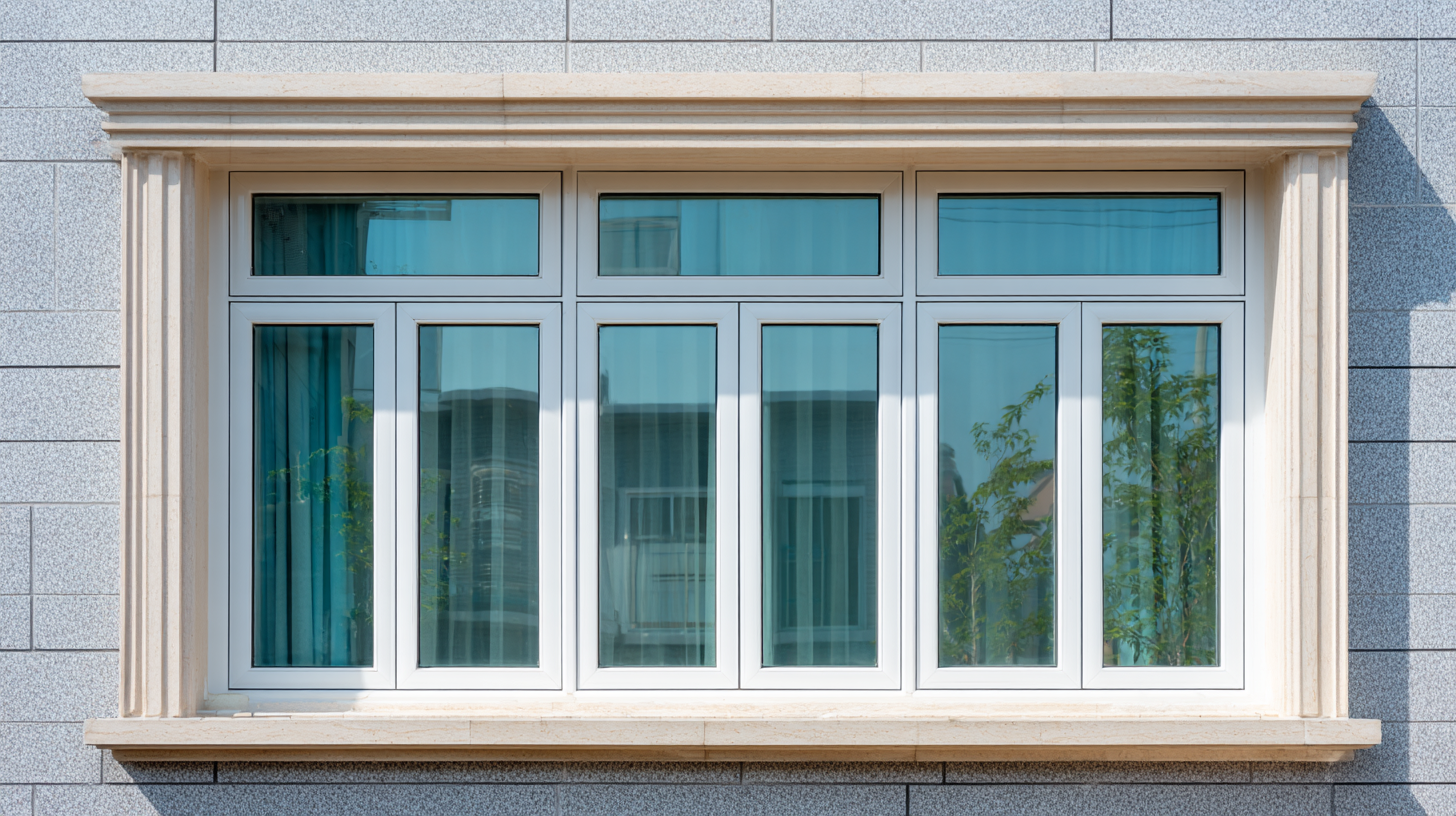
Maintenance expenses should also be taken into account. Research from the American Society of Home Inspectors indicates that regular maintenance can extend the life of your windows by up to 20 years. Basic upkeep, such as cleaning and minor repairs, typically costs around $100 to $200 annually. However, if windows are left unchecked, significant issues can arise, leading to costly repairs that could exceed several thousand dollars. Therefore, it is wise to allocate a budget that reflects both the initial installation costs and the long-term maintenance needs to ensure optimal performance of proofing windows.

